With the growing interest in analogue photography, as Bastian so inspiringly explores in his Analogue Adventures, I too have decided to create a series of film-related articles. I’ve chosen not to use the same title, as my own relationship with film photography goes back to a time when it was simply photography to me. While Film Photography would feel like the most natural title, I’ve decided to go with Analogue Photography instead, to keep a sense of continuity with Bastian’s series.
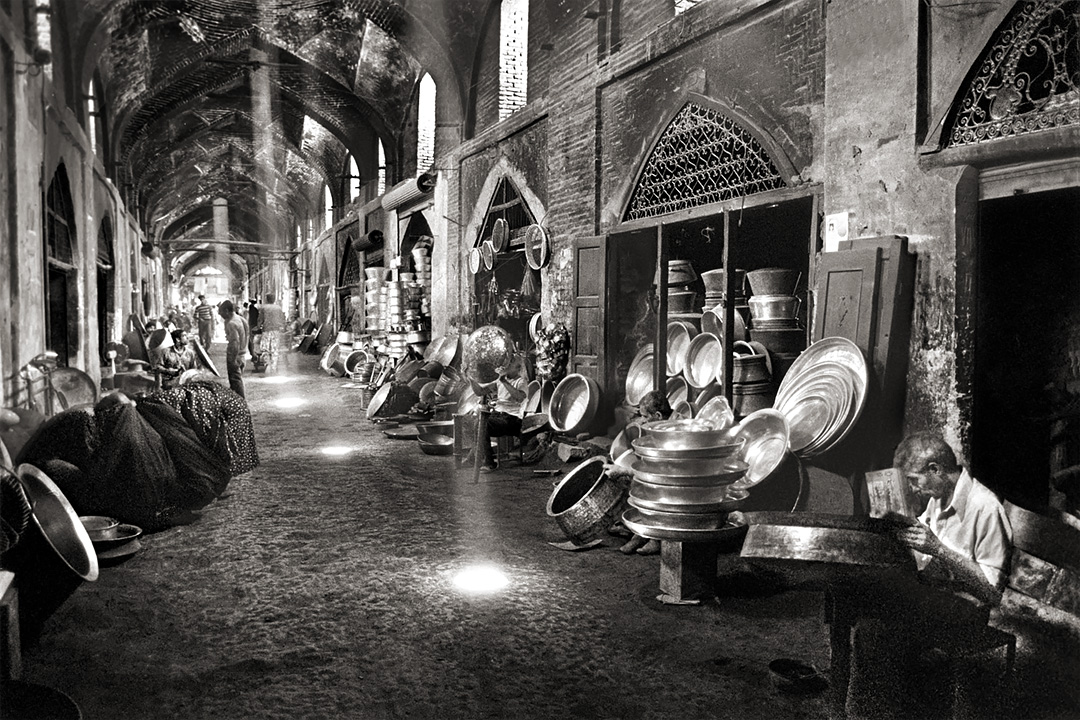
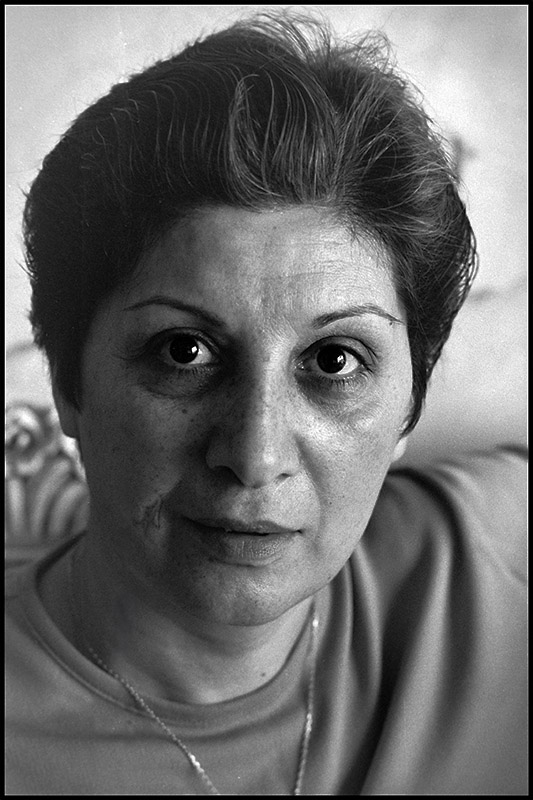
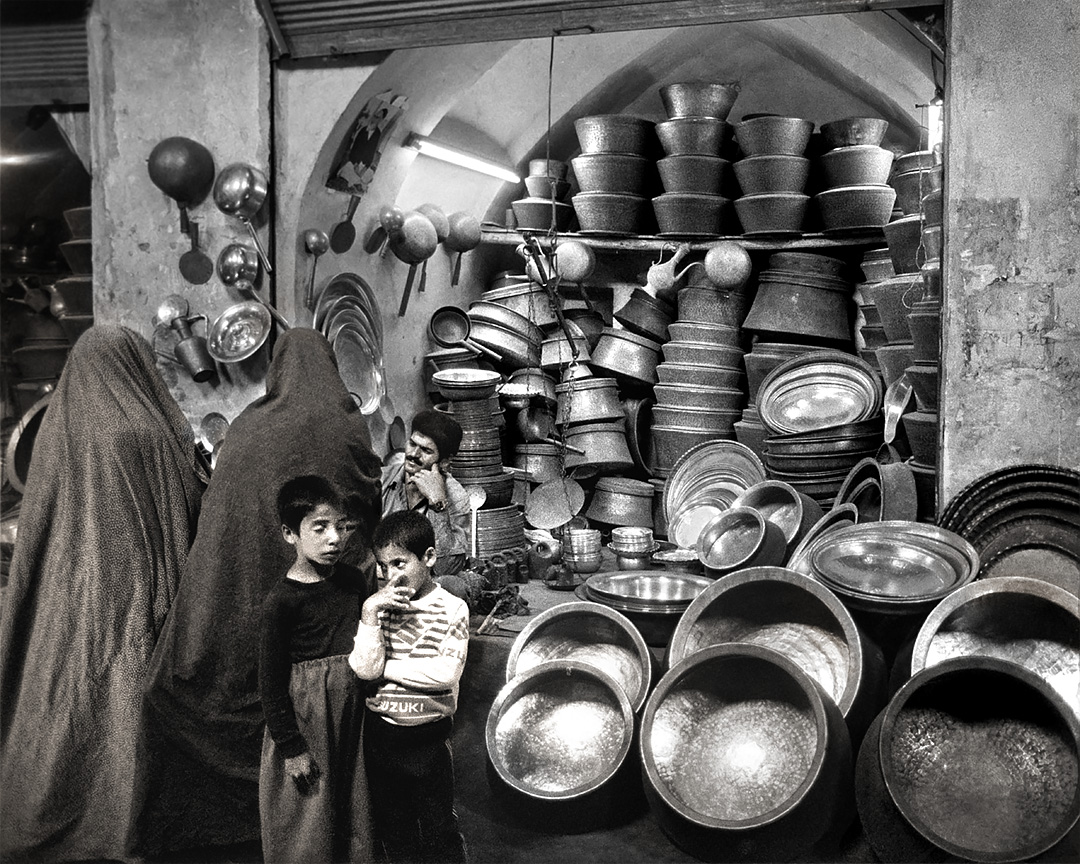
To offer some context, let me take you back to where it all began — a journey that, I suspect, may feel familiar to others who started their photographic path around the same time I did. If that’s you, chances are you’ve also been around long enough to remember when film wasn’t a choice, but the default.
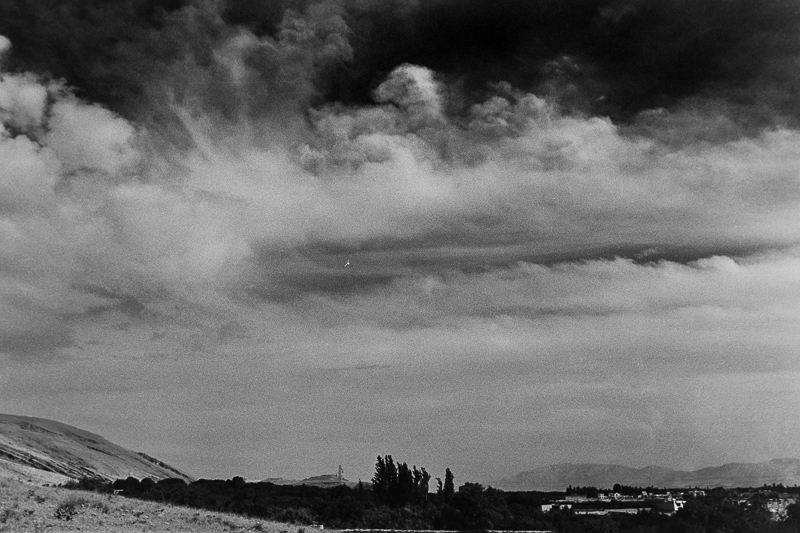
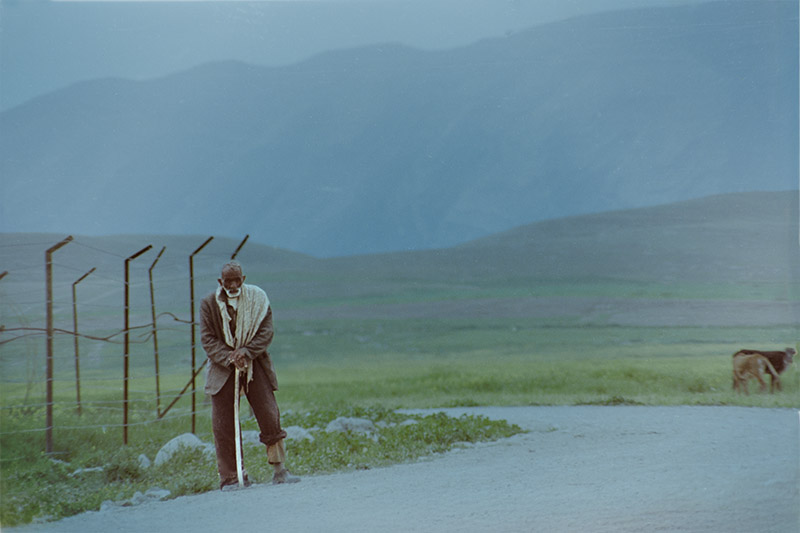
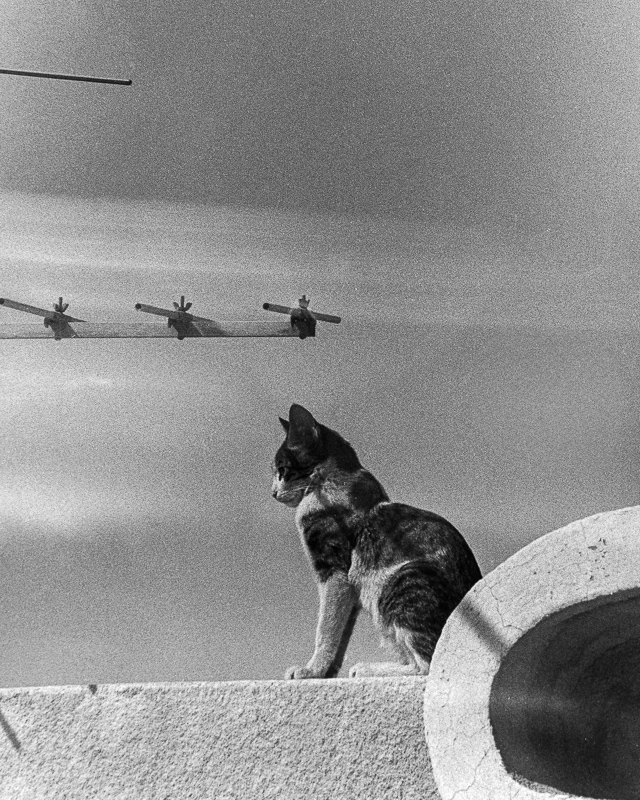
As a young teenager in the late ’70s, I developed a growing interest in drawing and pictures, which led my parents to give me my first camera — a simple point-and-shoot 110 camera. At first, I was thrilled just to have a camera of my own—but after shooting two or three rolls of film, I began to notice its limitations. After a year — and a good deal of persistent nagging — my mother bought me a much better 35mm rangefinder camera with manual adjustment possibilities and a fantastic fixed 40mm f/1.7 lens. The difference in image quality was striking — I could finally capture the world the way I saw it. A lot of family photos were taken over the next couple of years, all on color negative film — that was simply what everyone used back then for family photography.
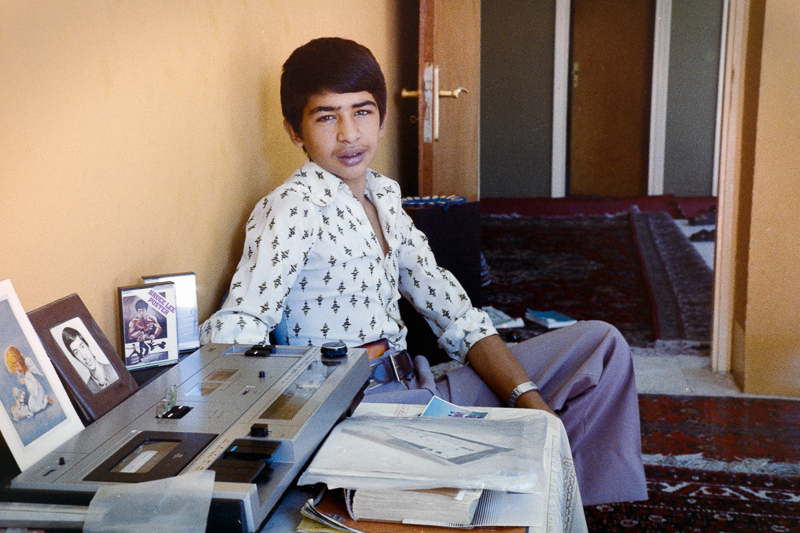
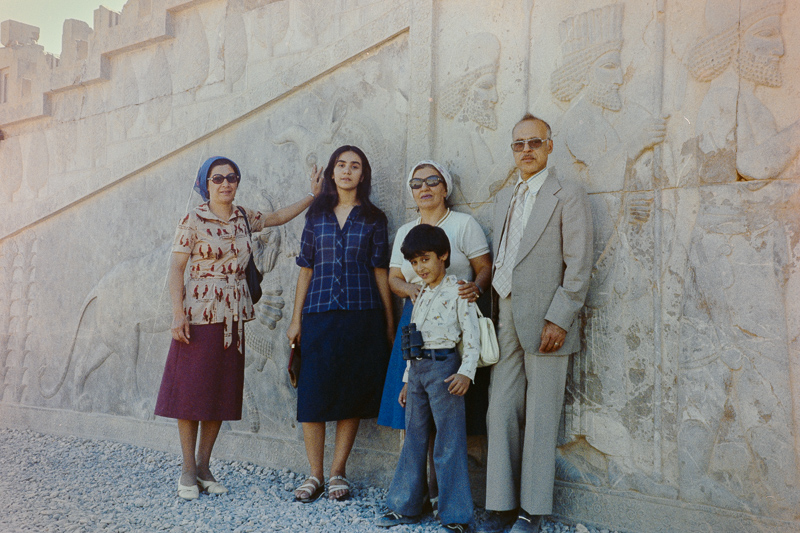
I became proficient enough that even some relatives asked me to photograph their children’s birthday parties and, eventually, even a wedding — which, thinking back, was quite remarkable for a kid still in his mid-teens. Then again, they were probably just trying to save money.
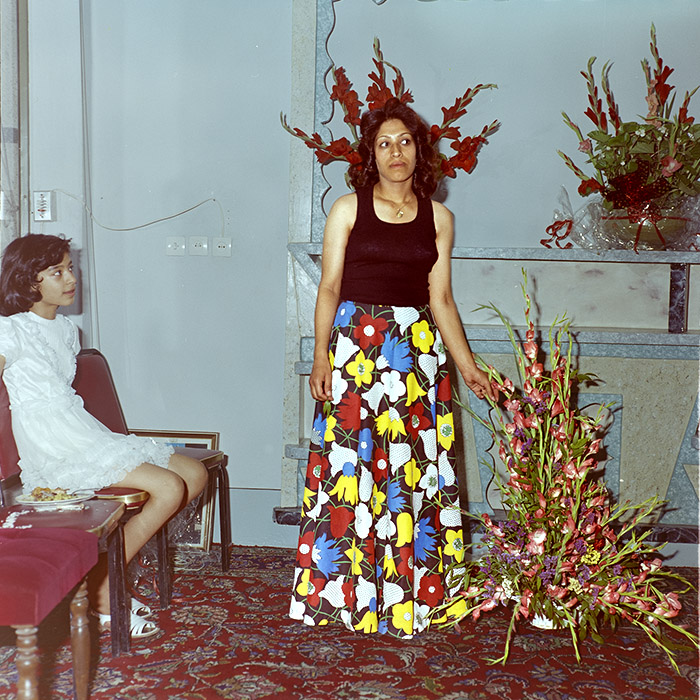
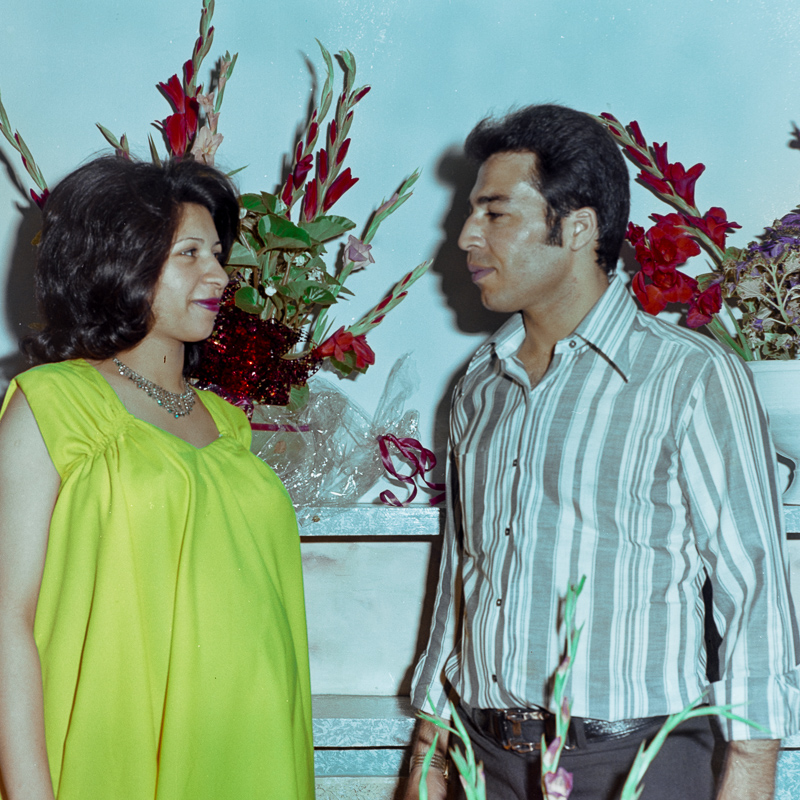
During my late teens, my interest in photographing more than just family and friends really began to grow. I took on summer jobs and carefully saved both my earnings and pocket money to buy a used SLR camera, along with three lenses: a standard 50mm f/1.4, a 28mm f/2.8 wide-angle, and a 135mm f/2.8 telephoto. That’s when I truly began to learn the fundamentals of photography — experimenting with depth of field, composition, light, and a variety of films. I tried different brands and film speeds, mostly color negatives, which I had developed and printed at local photo labs.
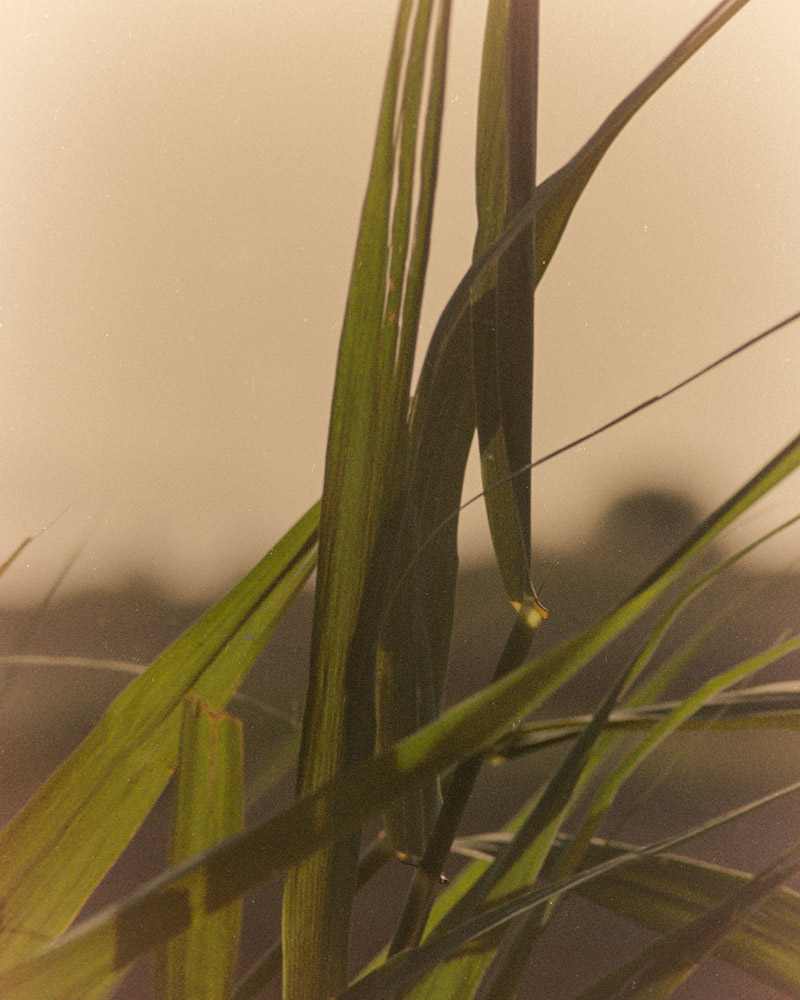
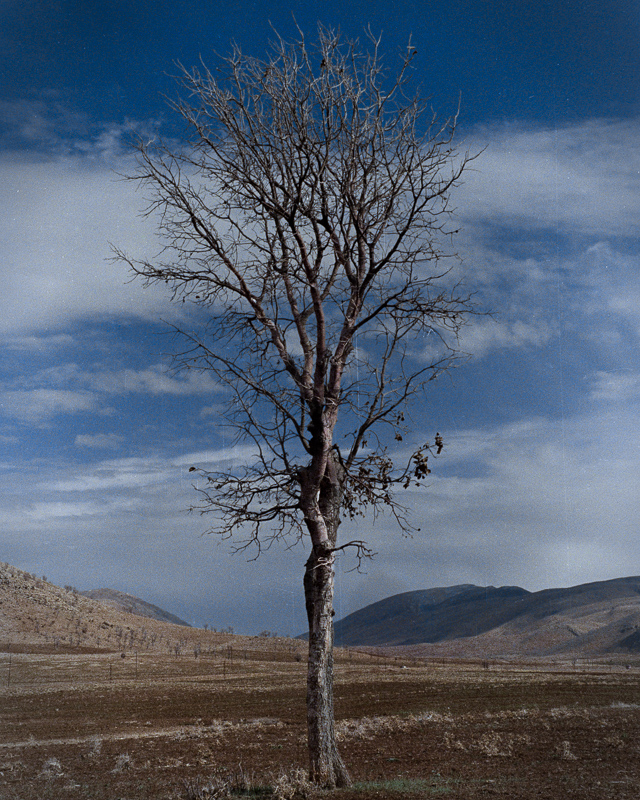
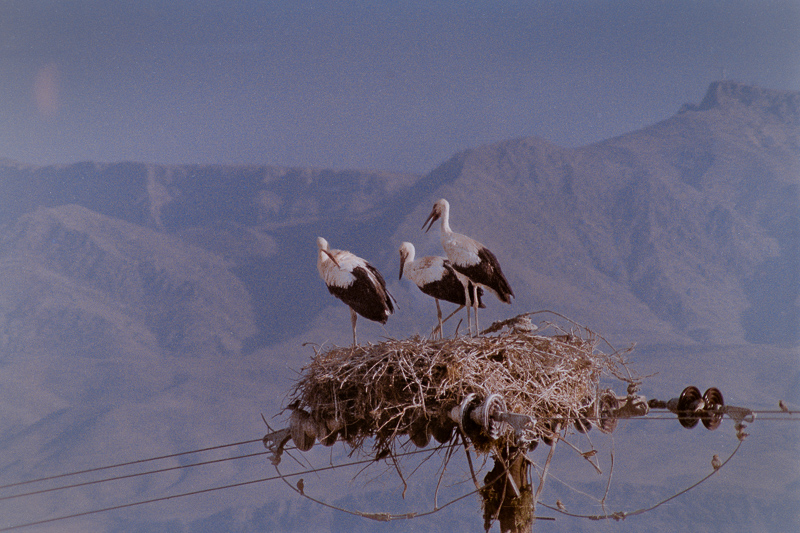
But now that I was taking photography more seriously, I began to notice things I had previously overlooked. The results were often inconsistent — colors would sometimes shift, prints came out too light or too dark, and occasionally the tones looked washed out, possibly due to overused chemicals in the lab. It was a nightmare because you could never be sure where things had gone wrong. Had I exposed the film incorrectly? Was the lighting off? Were there any issues with the film’s colour balance? Did something go wrong during development or printing? Or was it just a different kind of paper this time? The learning curve quickly became long and steep — not to mention expensive.
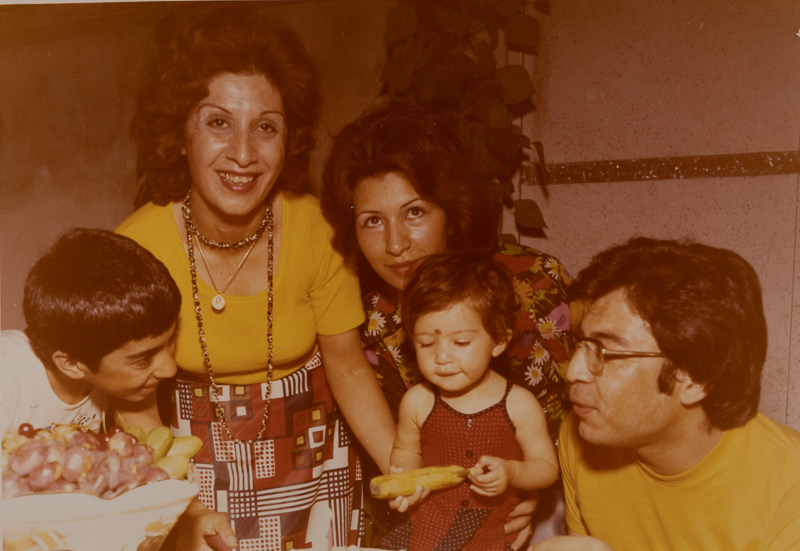
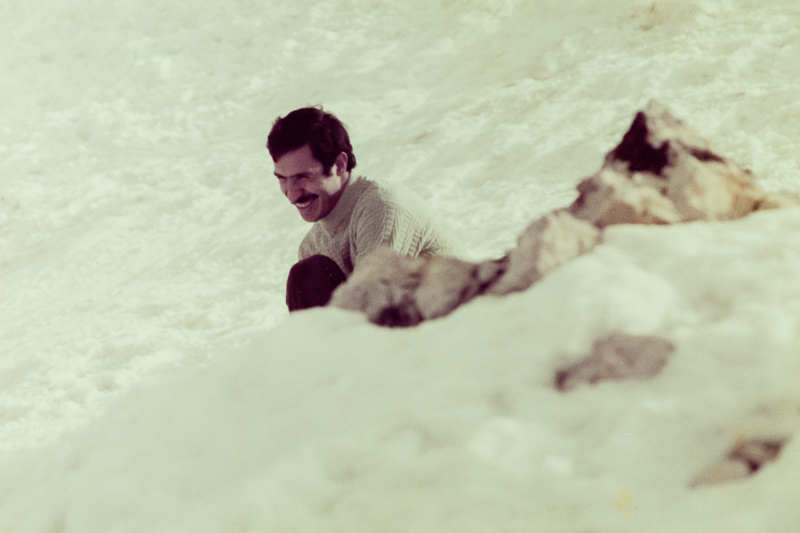
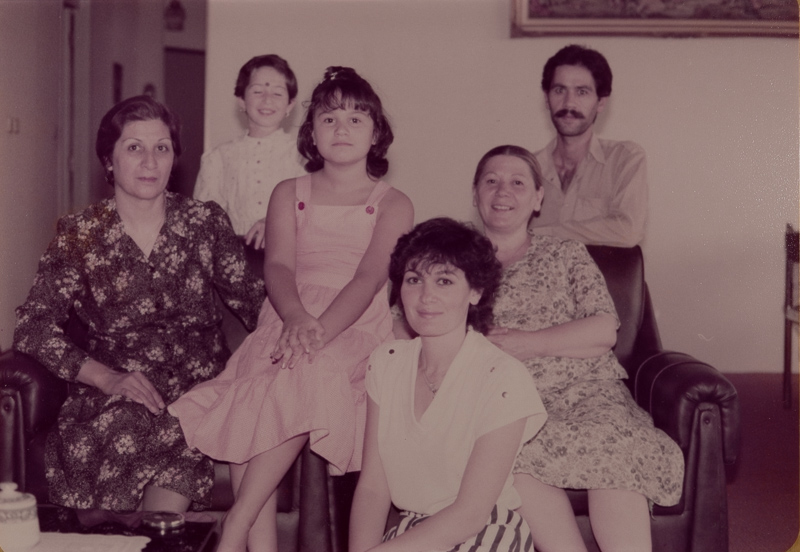
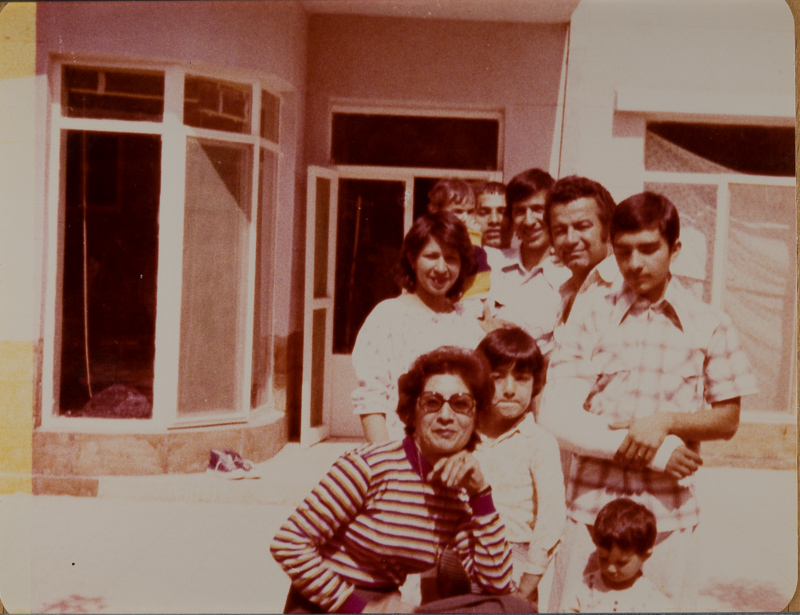
At the same time, I began reading photography books and studying the work of the old masters, which opened my eyes to the expressive potential of black and white photography. With the help of those books, and advice from a few seasoned photographers, I realized that to achieve consistent results that matched my vision, I would need to take control of every step of the process — not just choosing the film and taking the pictures, but also developing the negatives, enlarging the prints, and selecting the right photographic paper.
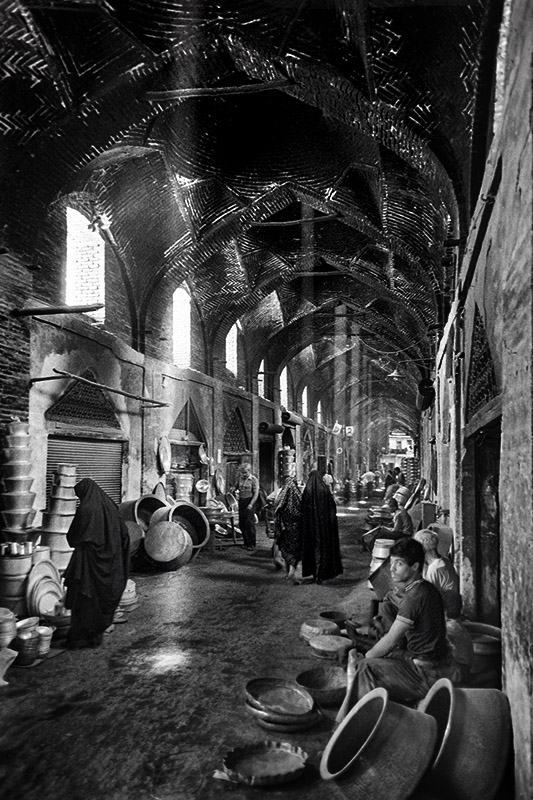
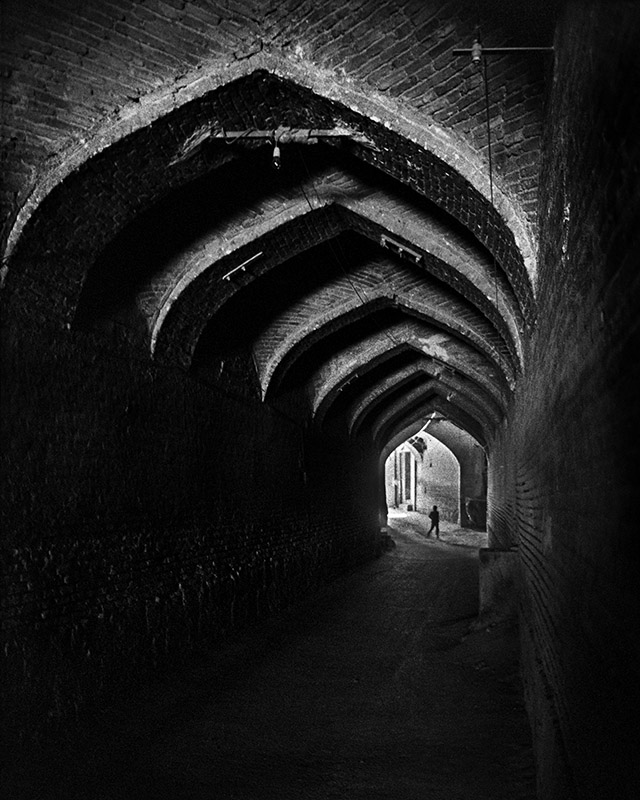
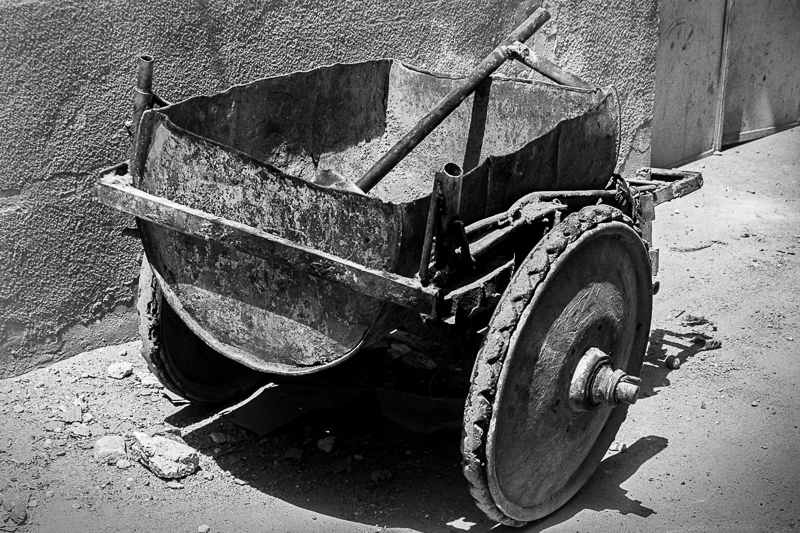
At the time, colour photography was often seen as suitable mainly for snapshots, while black and white carried a more serious, classic reputation. The fact that many established photographers like Robert Mapplethorpe, Jerry Uelsmann, and Sebastiao Salgado, among others, continued to work exclusively in monochrome further shaped my thinking. I remember reading that even after William Eggleston — one of the pioneers of colour photography — had his groundbreaking 1976 solo exhibition at the Museum of Modern Art in New York, Henri Cartier-Bresson reportedly told him at a dinner party, “Colour is bullshit.” That, combined with the earlier-mentioned challenges of working with colour, ultimately inspired me to switch to black and white and learn how to develop and print my own photographs.
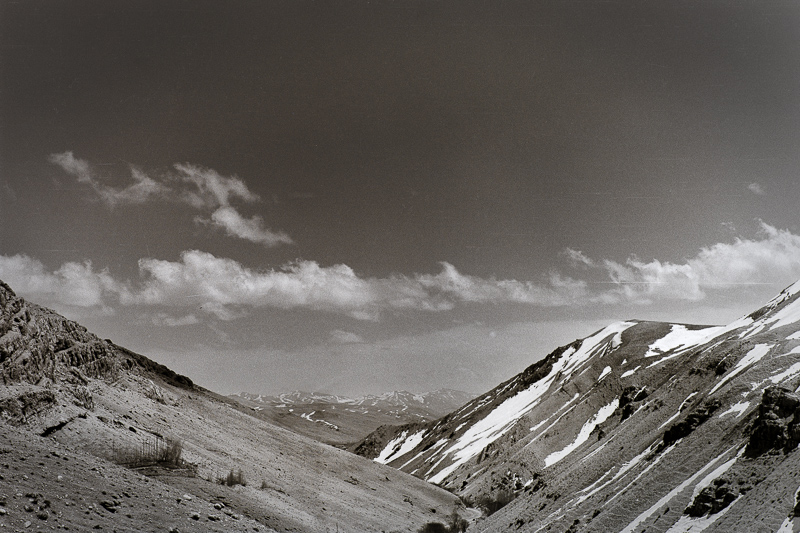
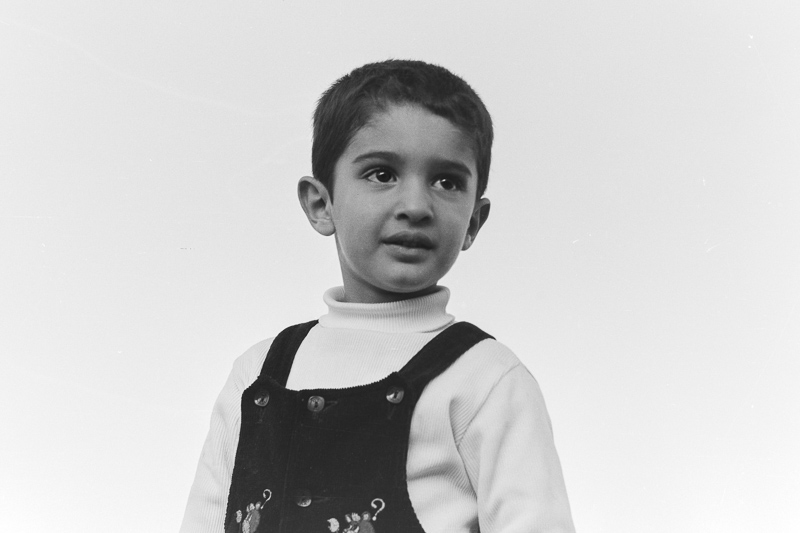
I bought several books on the subject and teamed up with a friend who shared my growing passion. They had the space, so we built a home darkroom in their basement, which I was also able to use.
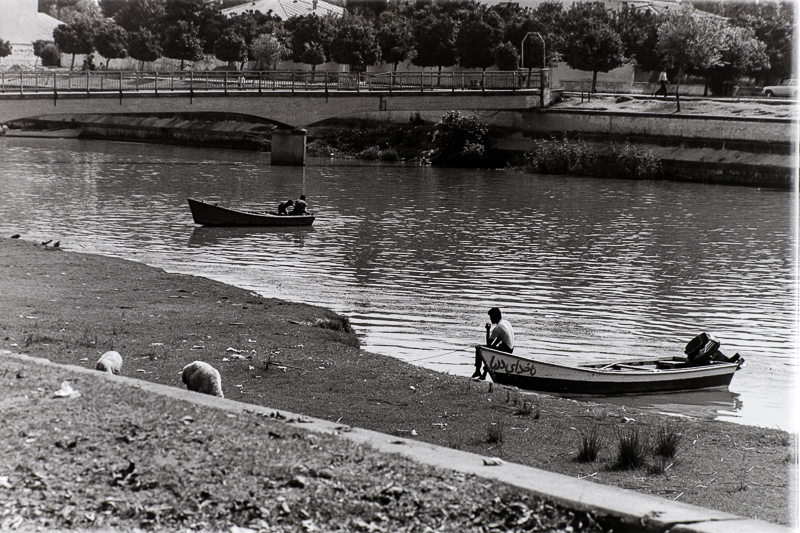
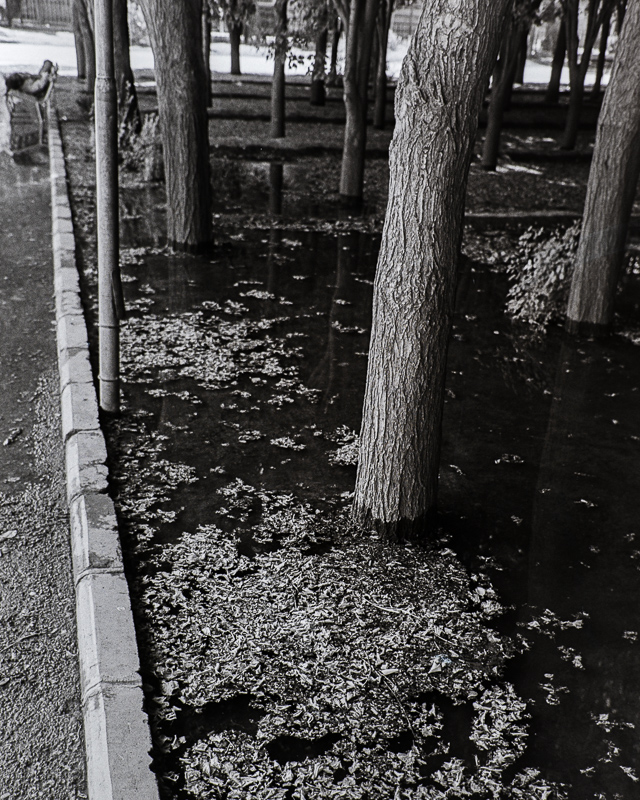
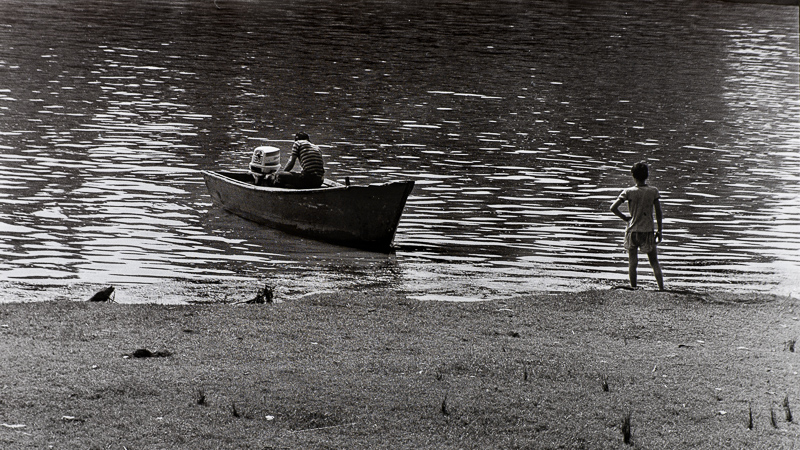
For many years, I developed and enlarged my own black & white negatives, the first year or two always in that friend’s basement — a time when home computers were still unheard of and far from anyone’s everyday reality. I spent so many hours in the darkroom that his family eventually gave me my own key, so I could go there even when he wasn’t home. Sometimes his mother would come down with a sandwich, saying I must be hungry, and I even ended up sleeping over there occasionally. Gradually, I got better — not quite an Ansel Adams or Cartier-Bresson, but I had reached a level I felt content with. At least, that’s what I thought at the time.
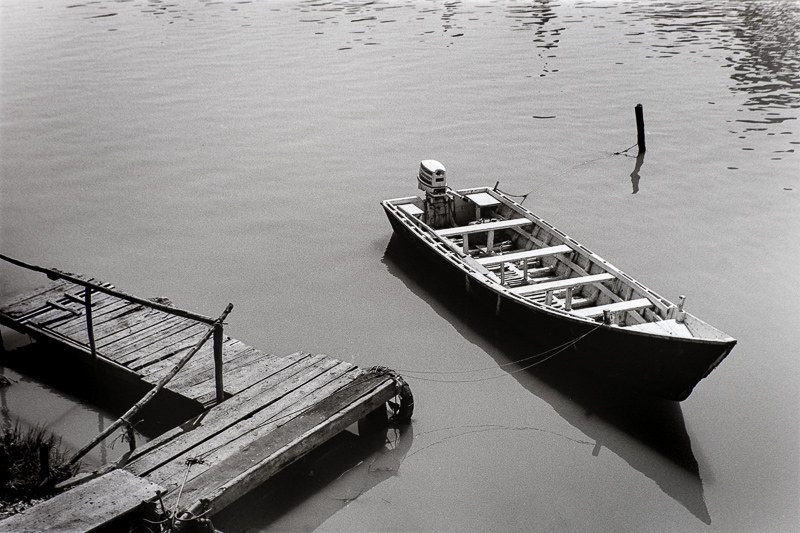
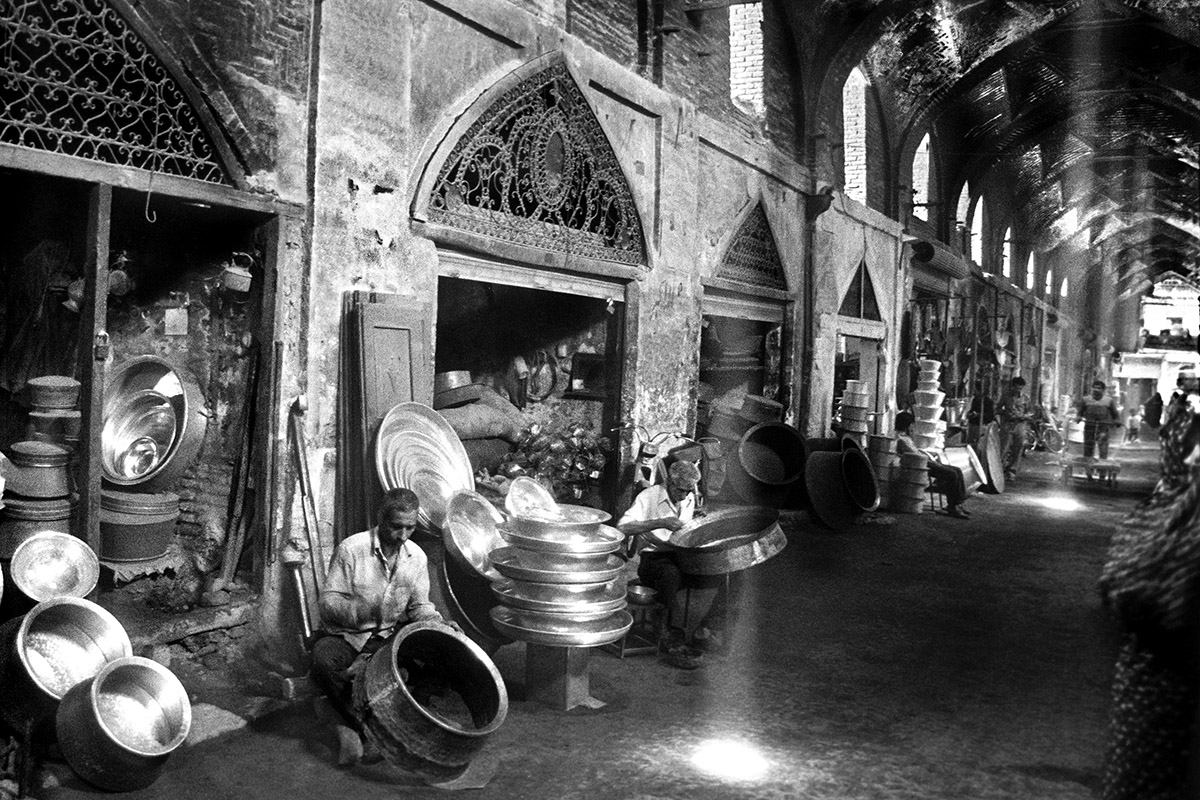
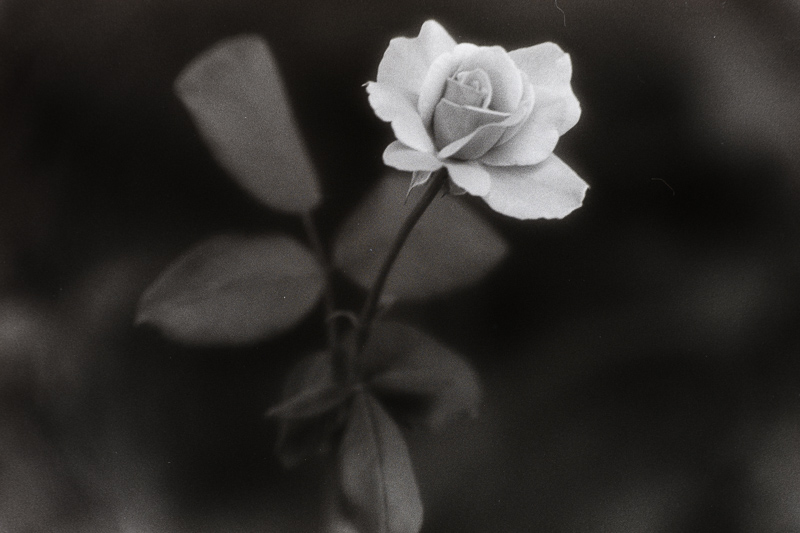
Over the years, I’ve come to realize that not only was I far from fully mastering black & white photography, but also — looking back — I now see just how impatient and careless I could be. In particular, I rushed the fixing and, even more so, the washing of my negatives. At the time, they looked fine, and I didn’t think much of it. But over the years, that impatience has come back to haunt me. Many of my negatives have deteriorated, with tiny spots where the emulsion has lifted or disappeared entirely. So, here’s a piece of advice, if you develop your own film: be really thorough with the fixing bath and rinsing your negatives. A few extra minutes and a couple more liters of water now can save you from a lot of anguish and regret later.
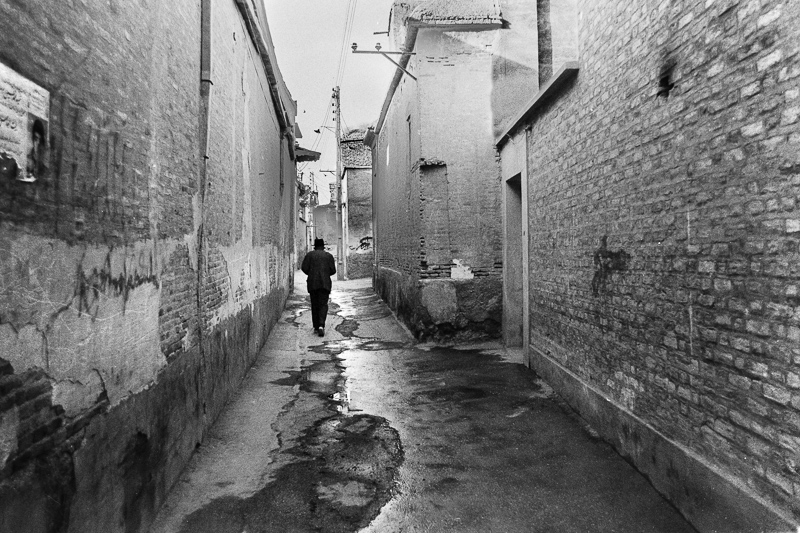
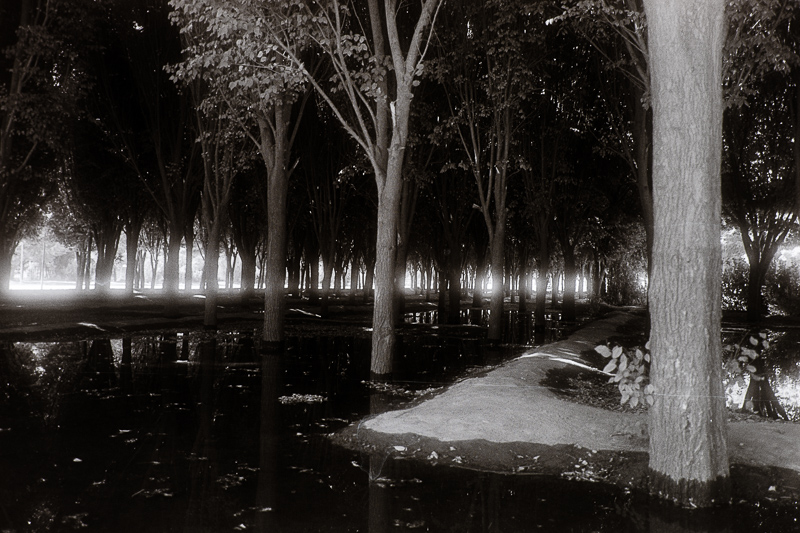
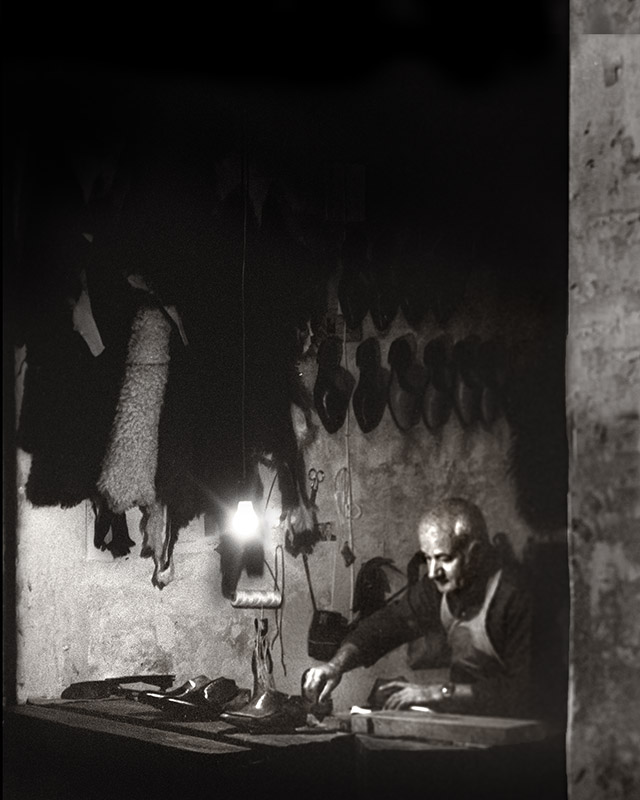
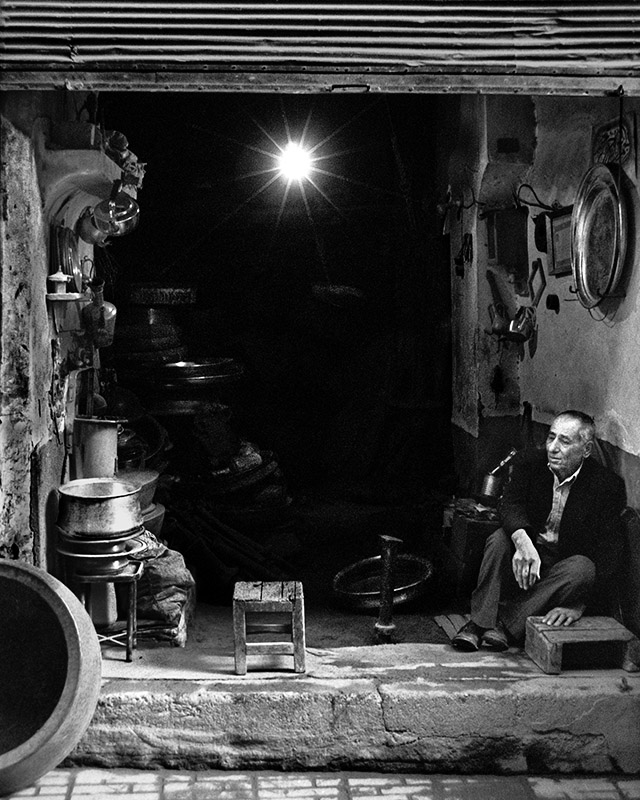
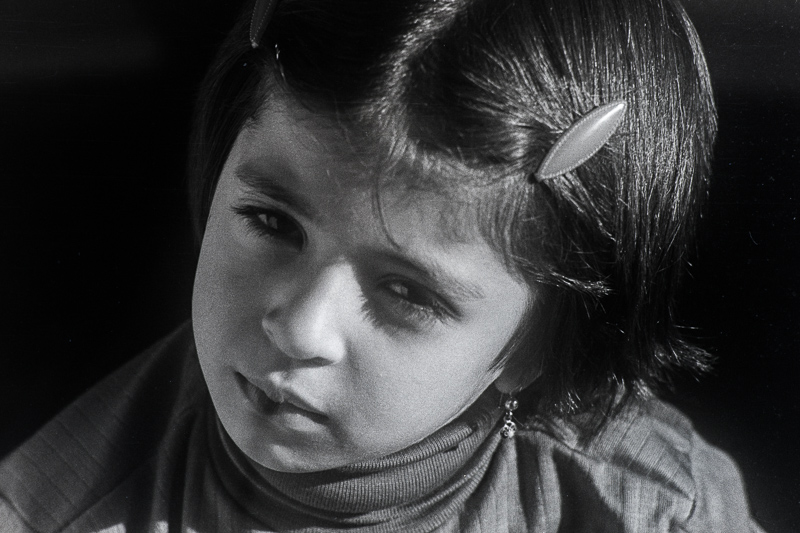
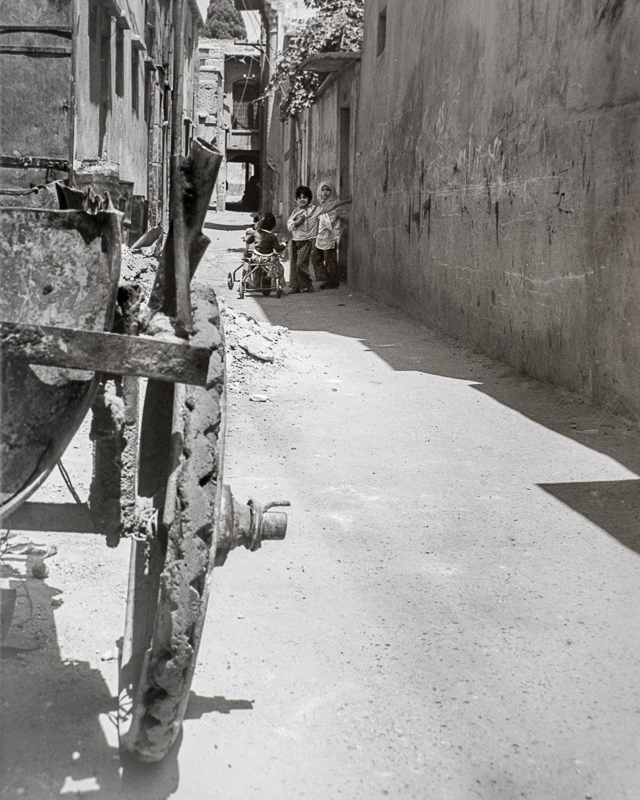
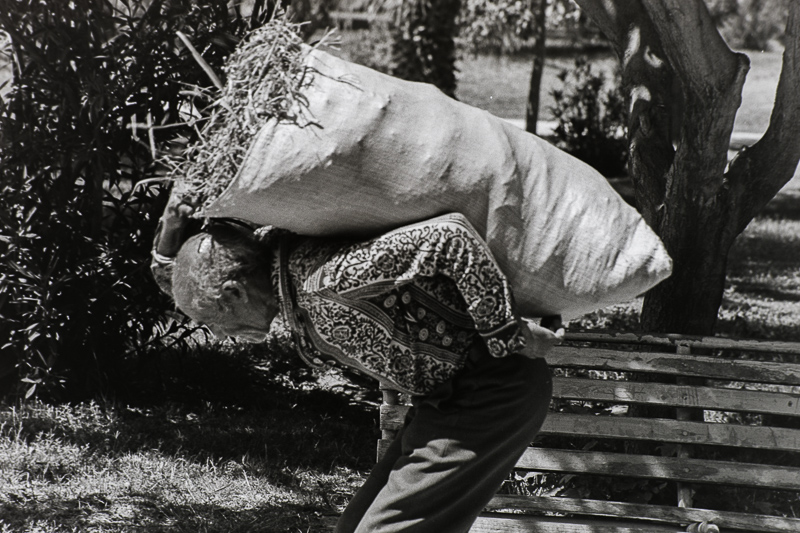
Still, the temptation of colour had always bubbled inside me…
To be continued…
Follow me on Youtube, our blog site, or Instagram!
Share this post:
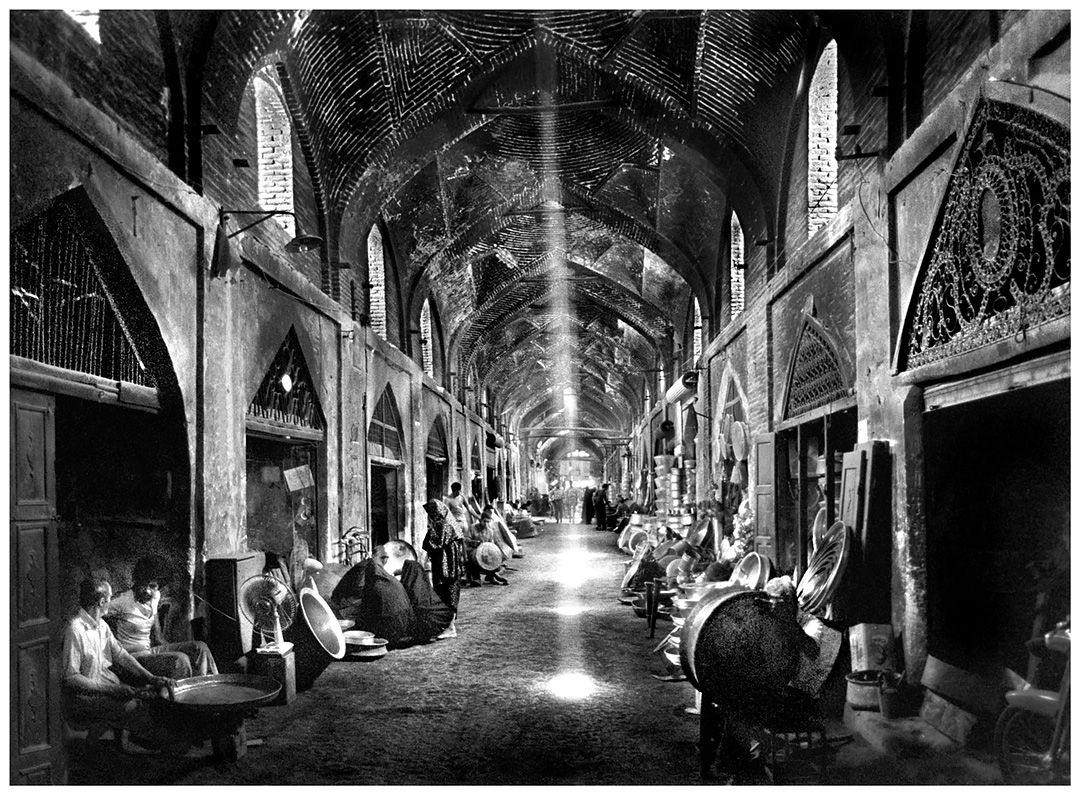
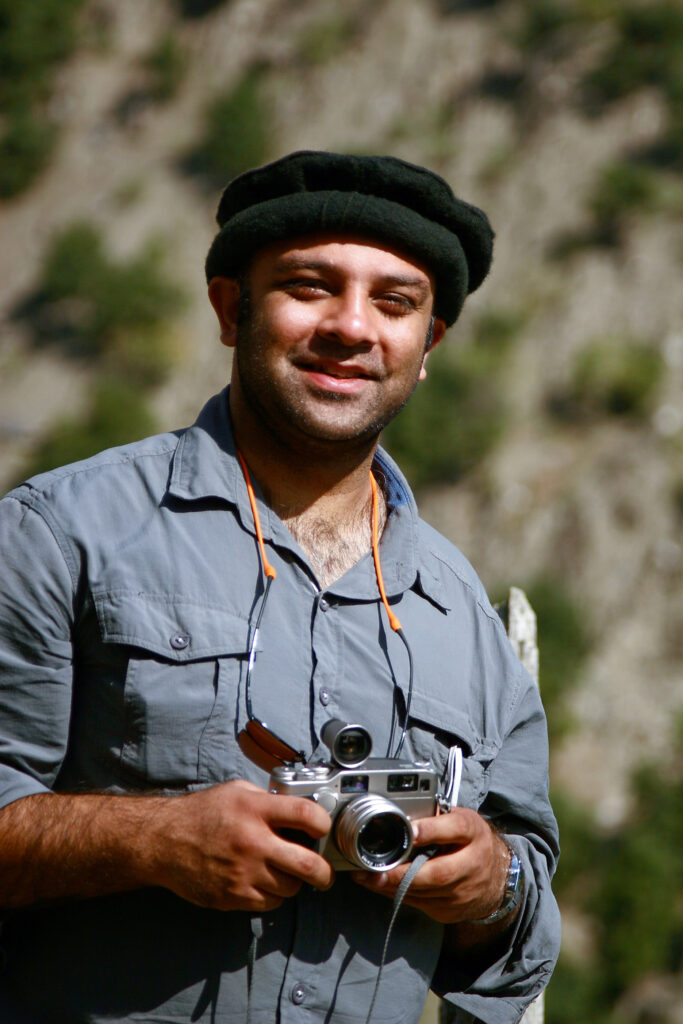
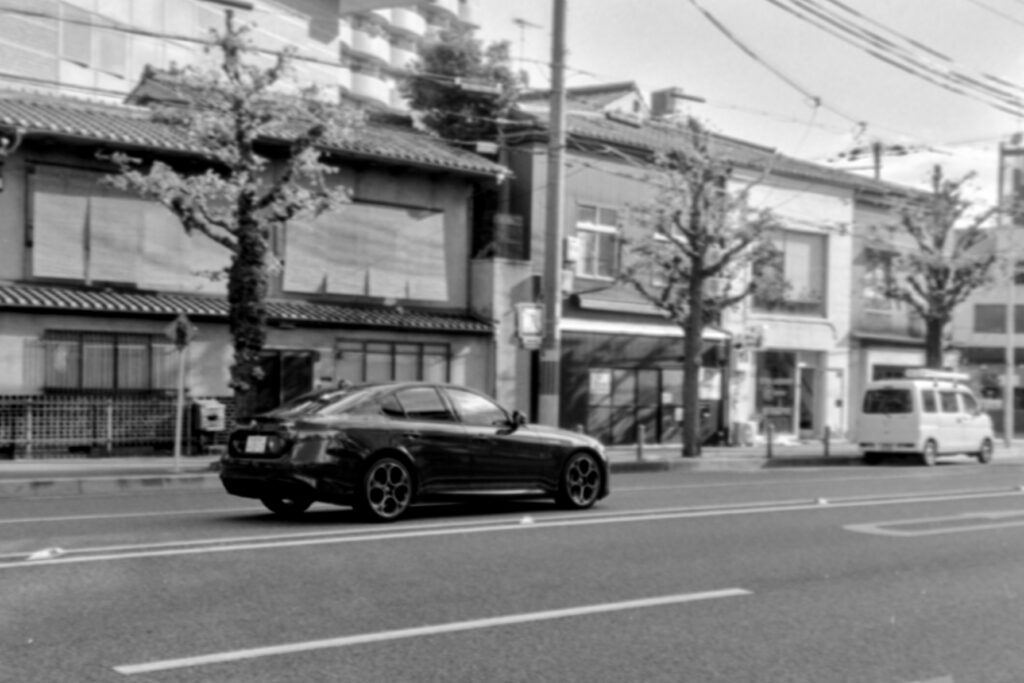
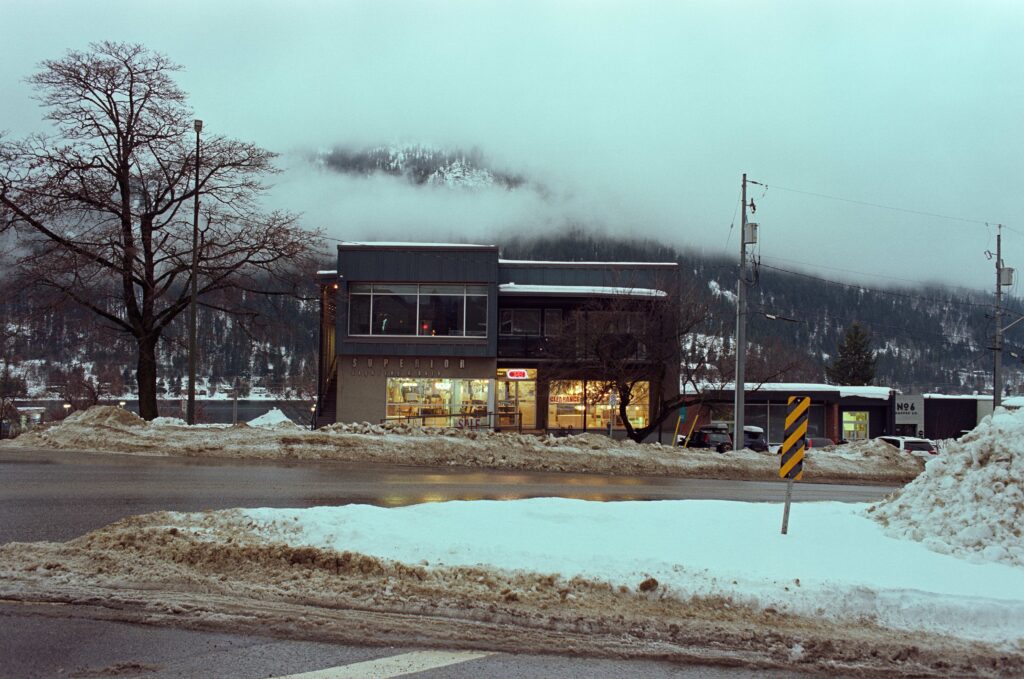
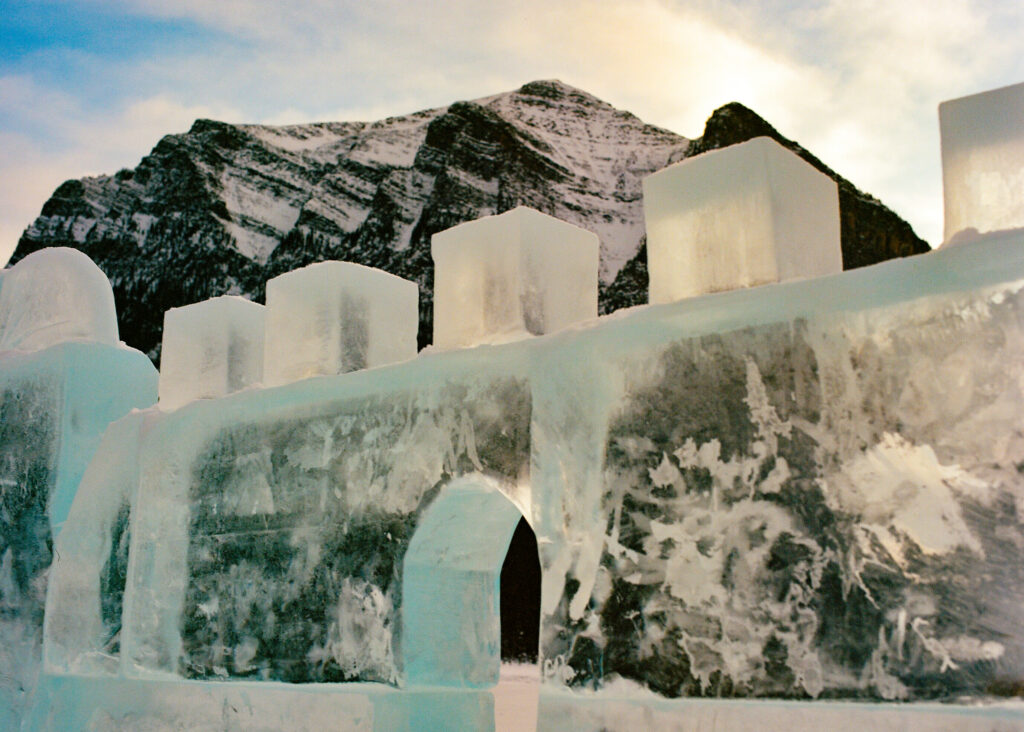
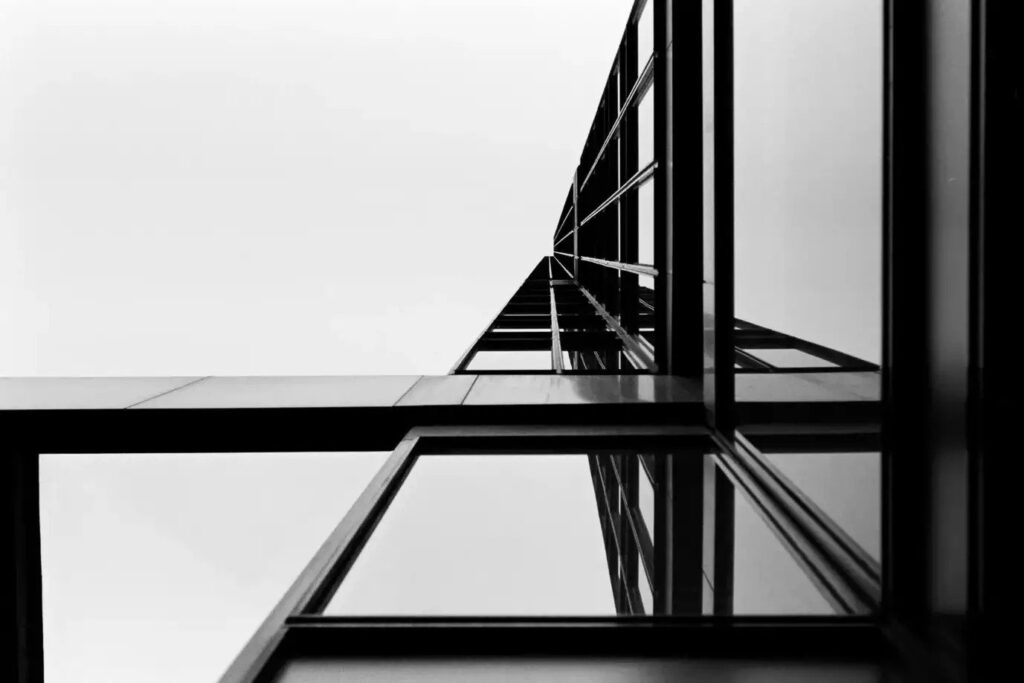
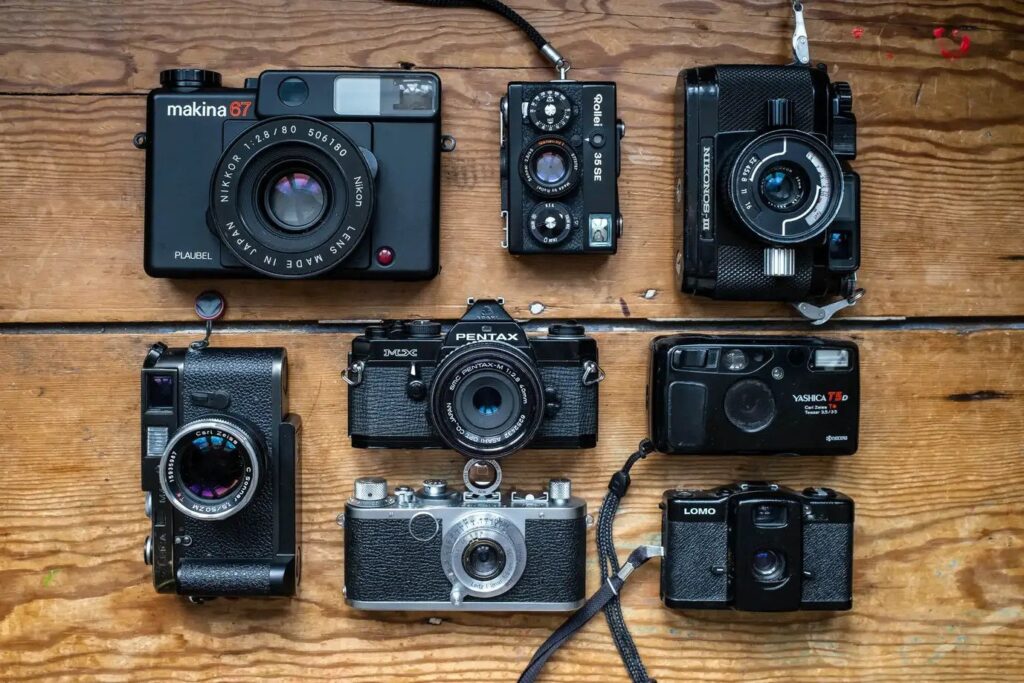
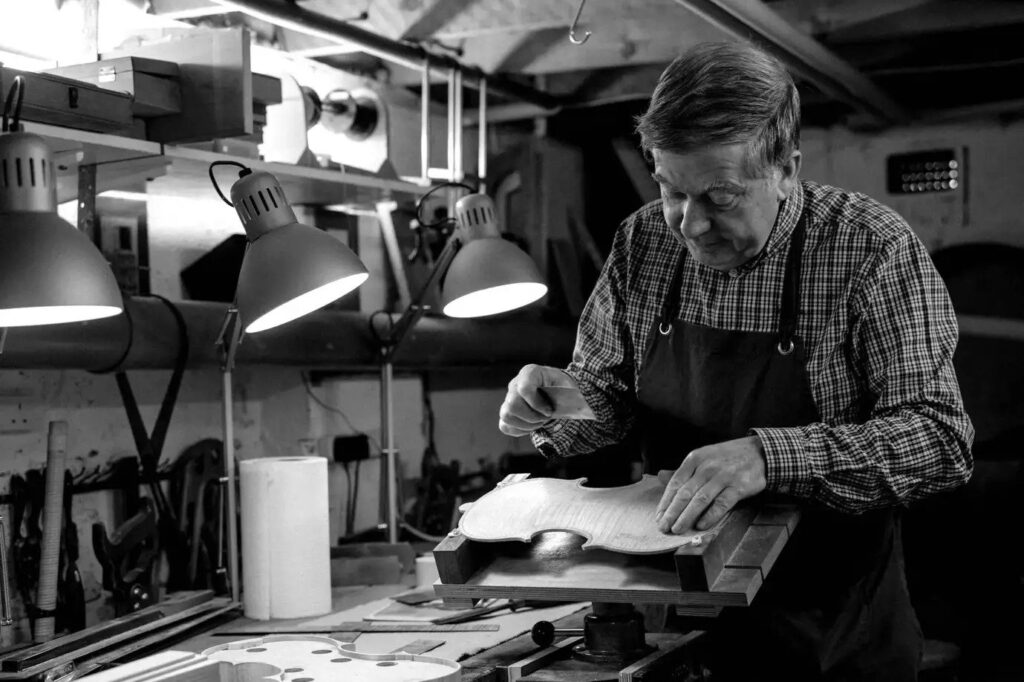
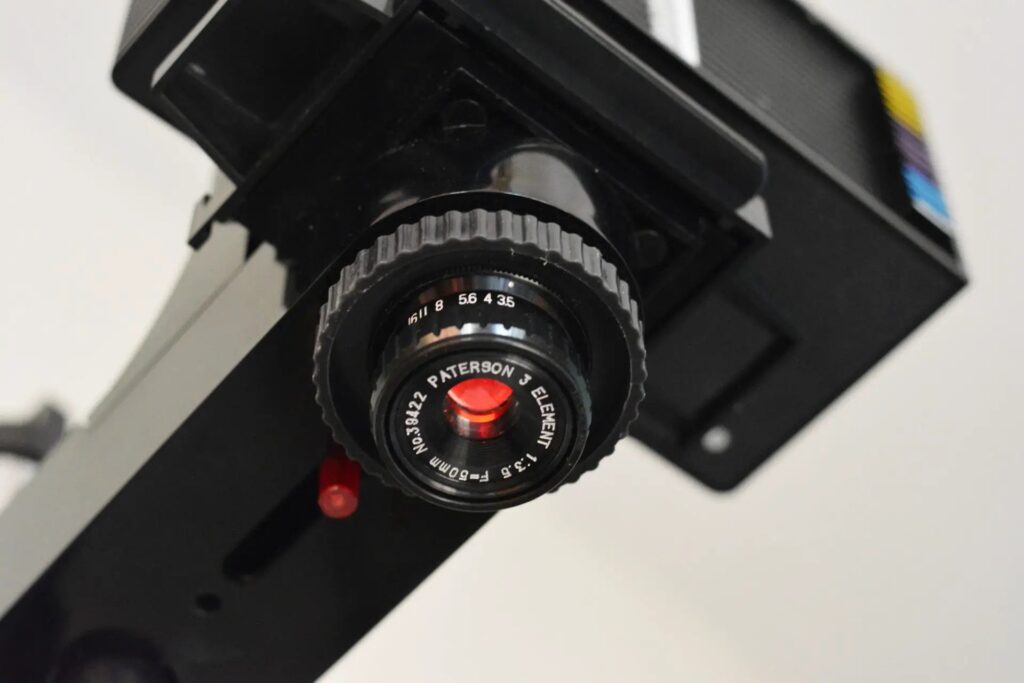
Comments
Gary Smith on Analogue Photography: A Personal Journey – part 1 – Black & White, The Dictates of the Time
Comment posted: 18/07/2025
I usually look at your blog site at least twice a week or so.
Thanks for posting here!
Martin H on Analogue Photography: A Personal Journey – part 1 – Black & White, The Dictates of the Time
Comment posted: 18/07/2025